Timber Butte has had a blessed early spring with record breaking rainfalls in March and April. The creeks are running and the hills look more like Ireland than southwestern Idaho. The horse trough has been ice free for weeks now and the trees are greener by the day as they begin to leaf out. Spring has sprung and with it comes the motivation to prepare the orchard, garden and vineyard for another season of productive growth.
I’ve learned from years of experience that preparation is everything when it comes to produce. The more I invest up front the easier the day to day maintenance through the growing season becomes. Building elk proof fences, raised beds, installing efficient irrigation system (even with timers), and building composting mounds take forethought, financial investment and time consuming work, but the pay offs are more than worth it.
In the Garden
In the garden Nancy and I try to make improvements to the infrastructure every year. For example, in past years we had worked to enrich our soil by developing a system of taking the manure from the barn, the chicken coop and the duck pen and piling it into two different piles. One that comes straight from the animal pens and another that is aged for over a year. In this pile I add grass clippings, moldy hay, wood chip bedding and sawdust from the shop. Several times during the year I turn the pile with my tractor bucket until it becomes fully enriched soil. Another year we invested in the cedar planks to build raised beds so we could control the soil, and another year I spent many days drilling holes in hundreds of feet of PVC pipe to build a Mittleider system of irrigation (See entry #208 under Agriculture category).
This year I replaced half of my raised bed soil with fresh compost; a task that took several days of shoveling, but when we planted our early rows of potatoes, onions, beans and peas it was rewarding to be able to work the soil with my hands. I used my home-make seed planter (See entry #198 under Agriculture category) to set the seed holes at exact depths and spacing. This was one more of those tools I invested a little extra time in to make the job like seeding not only quicker, but better.
The Vineyard and Orchard
I include the orchard and the vineyard into one category here because they are enclosed within the same fenced area and have similar needs. Because we grow organic produce we avoid using pesticides or weed killing chemicals. This requires extra work up front. Most commercial vineyards use Roundup between the vine stalks to keep weeds from taking over. Cutting or hoeing weeds in a large vineyard or orchard is not only time consuming backbreaking work, but dangerous for the plants. It is very easy to lose concentration while doing such a mundane task and de-bark a tree or vine with the string of a weed-eater; I know because I’ve done it more than once. Therefore I take the time to cover the rows with flacks of old hay or straw which not only stops the weeds from growing, but holds moisture in the ground. This saves water and enables it to irrigate the deep roots. I do the same with the fruit trees.
The vineyard and orchard required as much, if not more, preliminary infrastructure as the vegetable garden. Like the garden it had to be fenced to keep both deer and elk at bay (See entry #214 -115 under Agriculture category). Irrigation and trellis systems took hours of time consuming work to compete, but in the end the Falls harvests have been abundant.

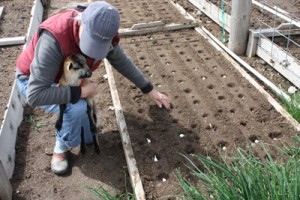
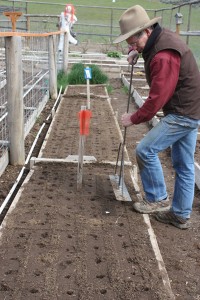
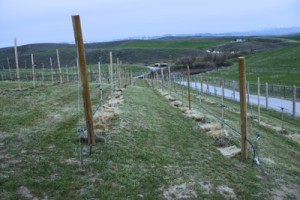
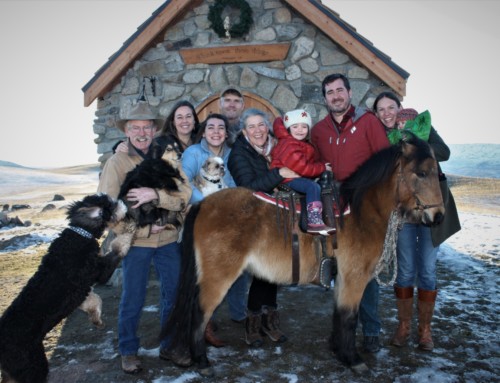
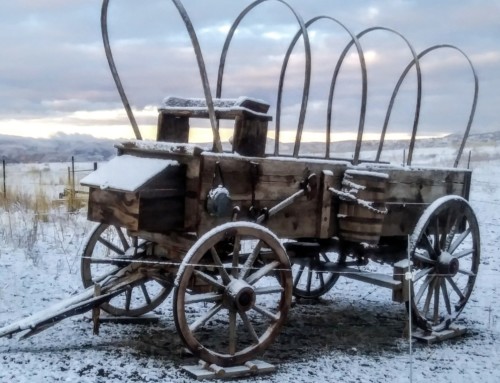
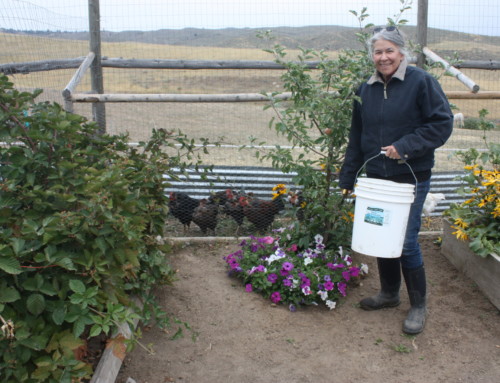

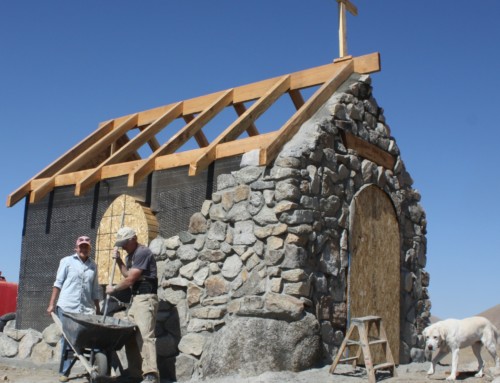
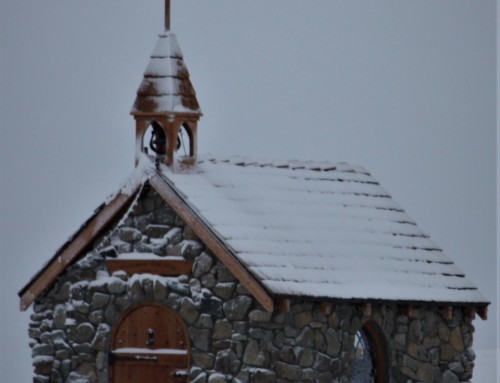
Leave A Comment
You must be logged in to post a comment.